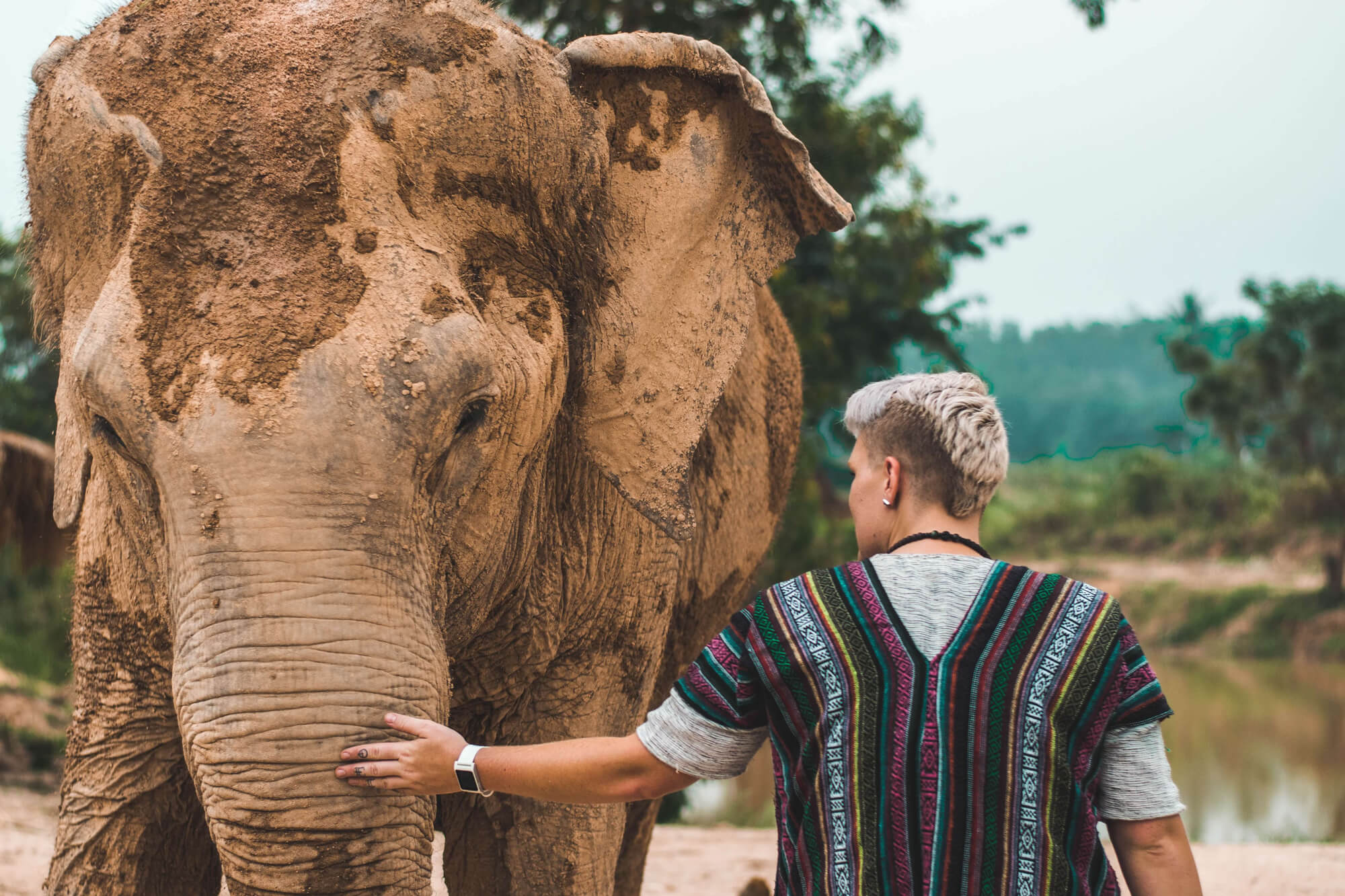Nobody wants to think about theft or the idea of losing your valuables, but it is a reality and one of the most common reasons why travellers call TravelAid for support while away.
HOW CAN I FIND AN ETHICAL ELEPHANT SANCTUARY, OR SHOULD THEY ALL BE AVOIDED?

Things have moved on so much in the last few years when it comes to ethical elephant sanctuaries and our awareness of the treatment of elephants in these sanctuaries. There is still a significant desire from many people to spend time with elephants and to work alongside them in sanctuaries and conservation projects – but can this ever be ethical?
Whilst the dream is that all elephants can live safely in their natural habitat, this is not always the case. For a multitude of reasons including being orphaned or injured, or being rescued from circuses, temples or other attractions designed to attract tourists, some elephants can’t live safely in the wild. This means that the need for elephant sanctuaries remains and as long as you do your research and make sure that you are getting involved with an ethical organisation, there is no reason why you can’t be a part of this whilst on your gap year. In fact, the costs for caring for elephants remain very high and so ethical tourism can help to provide much-needed funding to support the rescue and treatment of the elephants.
There are some clear signs that show elephant centres should be avoided (even if they purport to be “sanctuaries”). These include offering:
In addition, it is important to be careful of any elephant centres that breed whilst in captivity. In order to be recognised as ethical, any such centres must have a programme in place to release the baby elephants into the wild once they are old enough.
PETA says: “True sanctuaries never buy, sell, trade, breed, exploit, or profit from elephants. They never use bull hooks or punish elephants in other ways (even out of tourists’ sight), and they don’t force animals who naturally avoid humans into close contact with them.“ Read more on the PETA website https://www.peta.org/features/how-to-tell-real-elephant-sanctuary-no-abuse/
Other warning signs that the sanctuary you are looking at isn’t ethical include:
Do your research! Use Google and look for reviews from other people. Avoid anywhere offering the things listed above. Truly ethical elephant sanctuaries are unlikely to use lots of photos of people with elephants on their websites but usually feature the elephants themselves. Websites that include the life story of their elephants are often more reputable than those that feature lots of possible activities.
The Guardian wrote an article that you can read here https://www.theguardian.com/travel/2018/aug/11/how-ethical-is-the-elephant-sanctuary-youre-visiting which also lists a number of ethical elephant sanctuaries. Or ResponsibleTravel.com has featured a list of sanctuaries that they work with and also some to avoid here. https://www.responsibletravel.com/holidays/elephant-conservation/travel-guide/elephant-sanctuaries-which-we-do-and-dont-support
Both the Guardian’s article and the Responsible Travel website have listed ethical elephant sanctuaries in both Asia (including Thailand, Cambodia, India, Laos, Nepal, Myanmar, Sri Lanka) and Africa (including Kenya, Namibia and South Africa).
TravelAid
SUBSCRIBE NOW
TRAVELSAFE
gap year safety training course
JUST £100
FIND OUT MORE
SAVE 10% OFF YOUR COURSE
if bought at the same time as a TravelAid subscription